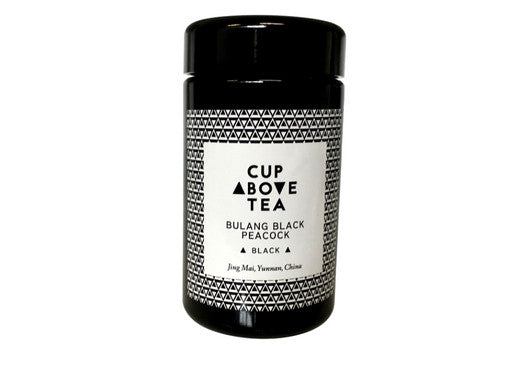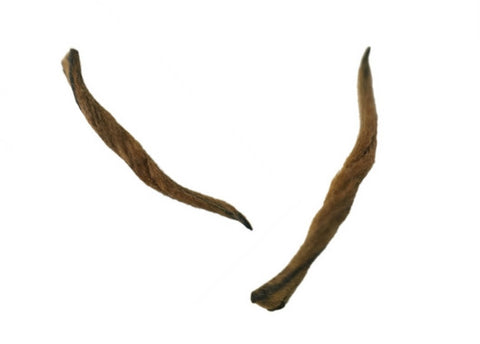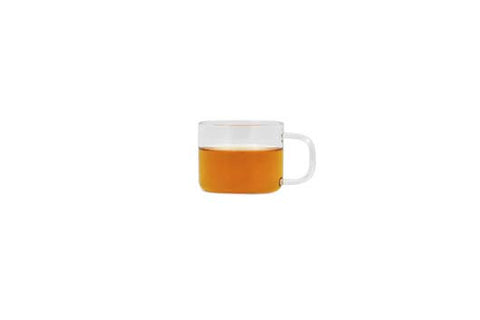Bulang Black Peacock - black tea
Sold Out

| Style | Black Tea | |
| Origin | Tao Family, Jing Mai, Yunnan, China | |
| Season | April | |
| Altitude | 1600m | |
| Batch | SCGB1 | |
| Plant | Yunnan Big Leaves Tea Tree | |
| Tea Master | Master Tao |
Plucked from some of Yunnan’s oldest and wildest high mountain tea plants, this tea is crafted by the Tao family who are part of the Bulang minority group. This tea is rich with a nice subtle hint of sweetness. It's a great black to kick start the day and replace your standard English Breakfast. No chemical fertiliser, pesticide, or herbicide was used in the production of this tea.

 |
100 degrees Celsius | |
 |
1 x tablespoon (3 grams) | |
 |
150 ml water (small tea cup) |
|
 |
Infuse for 2 minutes
|
|
 |
You can reuse the same leaves for up to 3 infusions |
The Stories We Drink
|
Yunnan province and its many sub regions is famous for tea production. The Tao family’s garden is in Jing Mai, a mountainous rainforest area home to over 2000 acres of tea plants and abundant wildflowers most well known for producing puerh tea. Jing Mai sits close to the Burmese and Laos borders and is home to the Bulang minority group – an indigenous group of around 80,000 – who have their own language and unique cultural customs. The Bulang people work cooperatively and with great respect for nature and tea. Tea bushes are planted haphazardly all over the mountains and in and around houses within the small villages. The Tao’s area is very isolated and the soil quality is excellent given they are so far from pollution. The Tao’s also raise peacocks in their garden, and the birds roam freely amongst the tea bushes. Peacocks are said to bring good luck and prosperity and this is where the tea gets its unique name. The Tao’s and their neighbours mainly produce puerh tea but have recently been saving some of their leaf to produce this black experimental tea. It’s not uncommon to meet Bulang people living well into their 100s. In one village nearby there are multiple centenarians who attribute their longevity to their pollution-free, isolated and unspoiled environment. Western travellers are a rare and unexpected sight in these parts. |
|
Craftsmanship
 |
Plucking: This black tea is harvested in early April with a picking standard of one bud to one leaf. | |
 |
Sorting: The leaves are inspected and sorted to make sure the quality is suitable. | |
 |
Withering: The leaves are spread out on a special woven straw withering tunnel where they are left to wilted until they are soft enough to be rolled without tearing the leaf |
|
 |
Rolling: For anywhere up to three hours Master Tao rolls the leaves to start to the oxidisation process. The leaves are left to oxidise at an ambient temperature of around 40 degrees Celsius and develop their deep brown colour. |
|
 |
Drying: Finally, the leaves are heated and the deep brown colour changes to black. |











